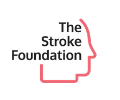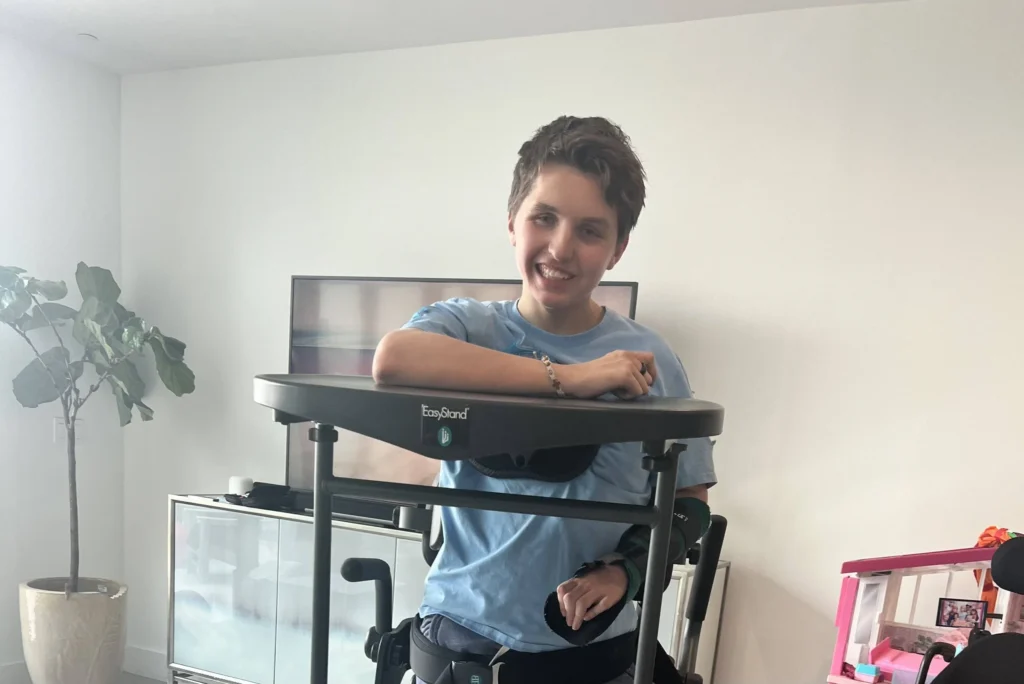Written by: Aundrea Steenblock, OTD, OTR
What is an Occupational Therapist?
Occupational Therapists play a vital role in rehabilitation after someone experiences a stroke. Occupational Therapy’s primary role in stroke recovery is to assist survivors to regain independence with their daily activities. Depending on the severity of the stroke, an Occupational Therapist (OT) will collaborate with the survivor, their caregiver, and/or family to establish goals that are meaningful to the survivor. The goals must be measurable and set to a specific amount of time.
Occupational Therapists are part of a multi-faceted team. They primarily collaborate with physical and speech therapists to help stroke survivors reach their goals. OTs also collaborate with physicians, nurses, respiratory therapists, nursing assistants, dieticians, etc. to advocate for the best possible and holistic care for the stroke survivor.
Examples of activities an OT may help a stroke survivor with:
Activities of Daily Living (ADLs):
- Feeding/Eating
- Grooming
- Toileting
- Dressing
- Bathing
- Functional mobility (Walking or using a wheelchair to provide mobility while performing your daily tasks)
- Sleep
- Sexual activity
Instrumental Activities of Daily Living (IADLs):
- Cooking
- Cleaning
- Driving
- Financial Management
- Medication Management
- Shopping
- Working
- Hobbies
- Caregiving
OTs want to meet their client where they are at in the recovery process. Right after having a stroke, a survivor may need assistance with dressing and bathing themselves. After a recovery period and participation in rehabilitation services, a survivor may have the opportunity to regain independence with IADLs such as cooking, grocery shopping, and even driving.
What do Occupational Therapists Specialize in?
In addition to helping stroke survivors with their independence in their daily activities, OTs also have other specialty areas where they will help the stroke survivor. These areas include:
- Low Vision
Visual deficits or distortions are common post-stroke. An OT can help identify visual deficits and address them with intervention techniques. A stroke survivor’s OT will likely refer them to a vision specialist to formally assess the visual deficits.
- Upper Extremity
OTs are the upper extremity experts. If a stroke survivor’s arm coordination, strength, range of motion, or sensation is affected after a stroke, then an OT will help the survivor regain function in their arm. OTs use a variety of treatment methods to assist a survivor in regaining arm function.
- Cognition
Cognitive changes are common after a stroke. An OT will assess a stroke survivor for cognitive changes that affect their independence and safety with their daily tasks. From this assessment, an OT will provide intervention to address the deficits identified.
- Driver Rehabilitation
Some OTs specialize in driver rehabilitation. A stroke survivor can be formally assessed for safety on the road and specific driving recommendations based on the survivor’s abilities.
Where can an Occupational Therapist help a stroke survivor?
OTs can help stroke survivors recover in a variety of environments. Likely, an OT will evaluate a stroke survivor right after they have experienced a stroke and are still in the hospital. From that evaluation, an OT will recommend follow-up OT services either in a rehabilitation hospital, a sub-acute facility, home health, or outpatient services. Some stroke survivors need to attend an intensive rehabilitation program at a rehabilitation hospital or a sub-acute facility after experiencing a stroke. From there, an OT will recommend home health or outpatient follow-up to have a stroke survivor continue to address their goals.
A Few Takeaways from an OT
Occupational Therapy is an important part of recovery for any stroke survivor. OTs want to help survivors achieve goals that are meaningful to them. A few important takeaways about participating in Occupational Therapy:
- Collaborate with your OT to set meaningful goals. Your goals should be customized to your recovery process and it’s important to be on the same page with your OT. Examples of meaningful goals:
- “To be able to hold my grandchild.”
- “To be able to walk my dog.”
- “To be able to bake my specialty, homemade pies.”
- Have patience when trying to achieve your goals during your stroke recovery. Reaching goals takes time after a stroke.
- Repetition is key in stroke recovery. Although interventions may seem repetitive after a stroke, this helps the brain rewire itself to be able to function at a better capacity.
- No goal is too small. Start with small, achievable goals, then expand your recovery process to goals that at first seemed out of reach. Examples of achievable goals:
- “To eat with a spoon by myself.”
- “To be able to dress myself independently.”
- “To be able to get in and out of bed by myself.”





